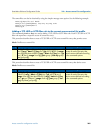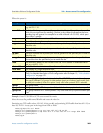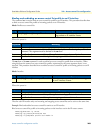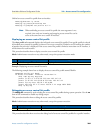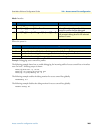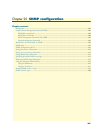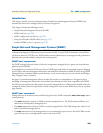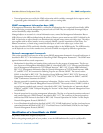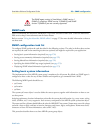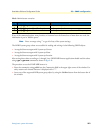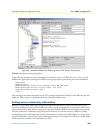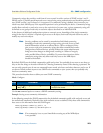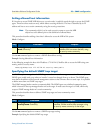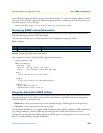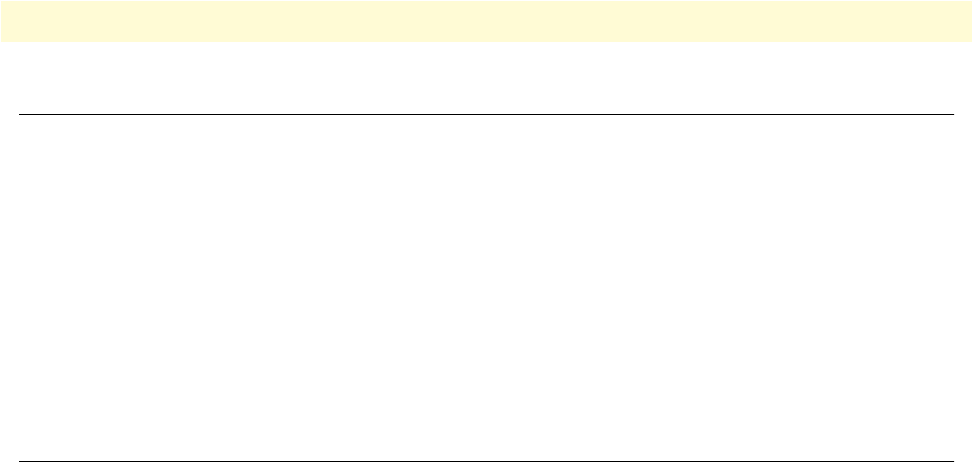
Introduction 268
SmartWare Software Configuration Guide 25 • SNMP configuration
Introduction
This chapter provides overview information about Simple Network Management Protocol (SNMP) and
describes the tasks used to configure those of its features supported.
This chapter includes the following sections:
• Simple Network Management Protocol (SNMP)
• SNMP tools (see page 270)
• SNMP configuration task list (see page 270)
• Using the AdventNet SNMP utilities (see page 275)
• Standard SNMP version 1 traps (see page 279)
Simple Network Management Protocol (SNMP)
The Simple Network Management Protocol (SNMP) is an application-layer protocol that facilitates the
exchange of management information between network devices. It is part of the Transmission Control Proto-
col/Internet Protocol (TCP/IP) suite. SNMP enables network administrators to manage network performance,
find and solve network problems, and plan for network growth.
SNMP basic components
An SNMP managed network consists of three key components: managed devices, agents, and network-man-
agement systems (NMSs).
A managed device is a network SN that contains an SNMP agent and resides on a managed network. Managed
devices collect and store management information and make this information available to NMSs using SNMP.
Managed devices, sometimes called network elements, can be routers and access servers, switches and bridges,
hubs, computer hosts, or printers.
An agent is a network-management software module that resides in a managed device. An agent has local
knowledge of management information and translates that information into a form compatible with SNMP.
An NMS executes applications that monitor and control managed devices. NMSs provide the bulk of the pro-
cessing and memory resources required for network management. One or more NMSs must exist on any man-
aged network.
SNMP basic commands
Managed devices are monitored and controlled using four basic SNMP commands:
read, write, trap, and tra-
versal
operations.
• The
read command is used by an NMS to monitor managed devices. The NMS examines different vari-
ables that are maintained by managed devices.
• The
write command is used by an NMS to control managed devices. The NMS changes the values of vari-
ables stored within managed devices.
• The
trap command is used by managed devices to asynchronously report events to the NMS. When certain
types of events occur, a managed device sends a trap to the NMS.




